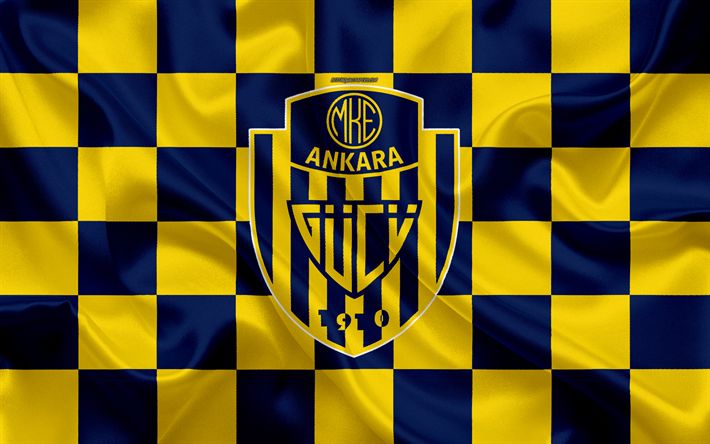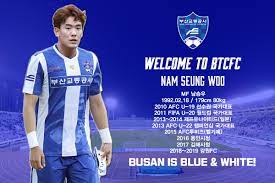
Ankaragucu FC
Ankaragücü FC is a name that resonates deeply within the fabric of Turkish football. As one of the country’s oldest and most storied clubs, Ankaragücü FC embodies resilience, tradition, and unwavering passion for the beautiful game. This comprehensive exploration delves into the club’s rich history, its cultural significance, notable achievements, and future prospects, offering fans and newcomers alike a detailed understanding of this legendary Turkish football institution.
The Origins and Early Years of Ankaragucu FC
Turkish football has a vibrant tapestry woven with numerous historic clubs, each contributing to the sport’s development in the nation. Among these, Ankaragücü FC stands out for its deep-rooted connection to Ankara, Turkey’s capital city. Understanding its origins offers insights into how a humble beginning transformed into a symbol of community pride s666.
The Founding of Ankaragücü FC and Its Social Roots
The inception of Ankaragücü FC dates back to 1911, making it one of the oldest football clubs in Turkey. Originally founded by a group of sports enthusiasts and local youth, the club emerged amidst a period when football was gaining momentum as a unifying force across the Ottoman Empire and later, the Turkish Republic.
The name “Ankaragücü,” meaning “Ankara Power” or “Ankara Force,” reflects a sense of strength and regional identity. The club’s early years were characterized by grassroots efforts, often associated with local labor unions, students, and workers who sought to promote physical activity and civic pride through football.
In its formative years, Ankaragücü FC faced challenges common to many emerging clubs—limited financial resources, lack of proper infrastructure, and competition from more established teams in Istanbul. Despite this, the club’s supporters remained loyal, nurturing a deep sense of belonging and community spirit that persists today.
The Development of the Club During the First Half of the 20th Century
As the decades progressed, Ankaragücü FC gradually grew both in stature and organizational structure. The 1930s and 1940s marked significant milestones, including participation in regional leagues and the establishment of formal club management structures.
During this era, the club became a symbol of Ankara’s growing importance as Turkey’s political and cultural hub. Its matches attracted local spectators, and rivalries began to develop with other regional teams, fostering a sense of local pride. In particular, games against neighboring clubs became fiercely contested events, often drawing large crowds.
Notably, during World War II, the club faced operational difficulties but managed to maintain its presence in Turkish football circuits. This resilience cemented its reputation as a club built on perseverance and community support s666 app.
Transition to Professionalism and the Post-War Era
The post-war period marked a turning point for Ankaragücü FC. The club transitioned from amateur status to professional competitions, aligning with Turkey’s broader efforts to modernize and professionalize its football leagues. This transition allowed for improved training facilities, recruitment of talented players, and participation in national tournaments.
Throughout the 1950s and 1960s, Ankaragücü FC experienced fluctuating fortunes but remained a staple of Turkish football culture. The club’s dedicated fan base, known for their passionate support, continued to grow, inspiring generations of players and supporters alike.
By the late 20th century, Ankaragücü FC had established itself firmly within Turkey’s top-flight leagues, competing alongside Istanbul giants and other regional teams. Its journey reflects a narrative of steadfast growth rooted in community engagement, adaptability, and sporting ambition.

